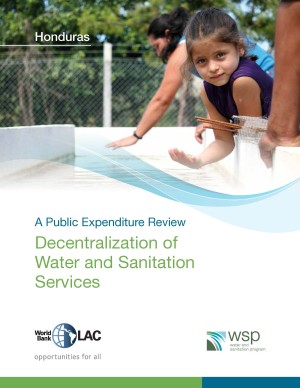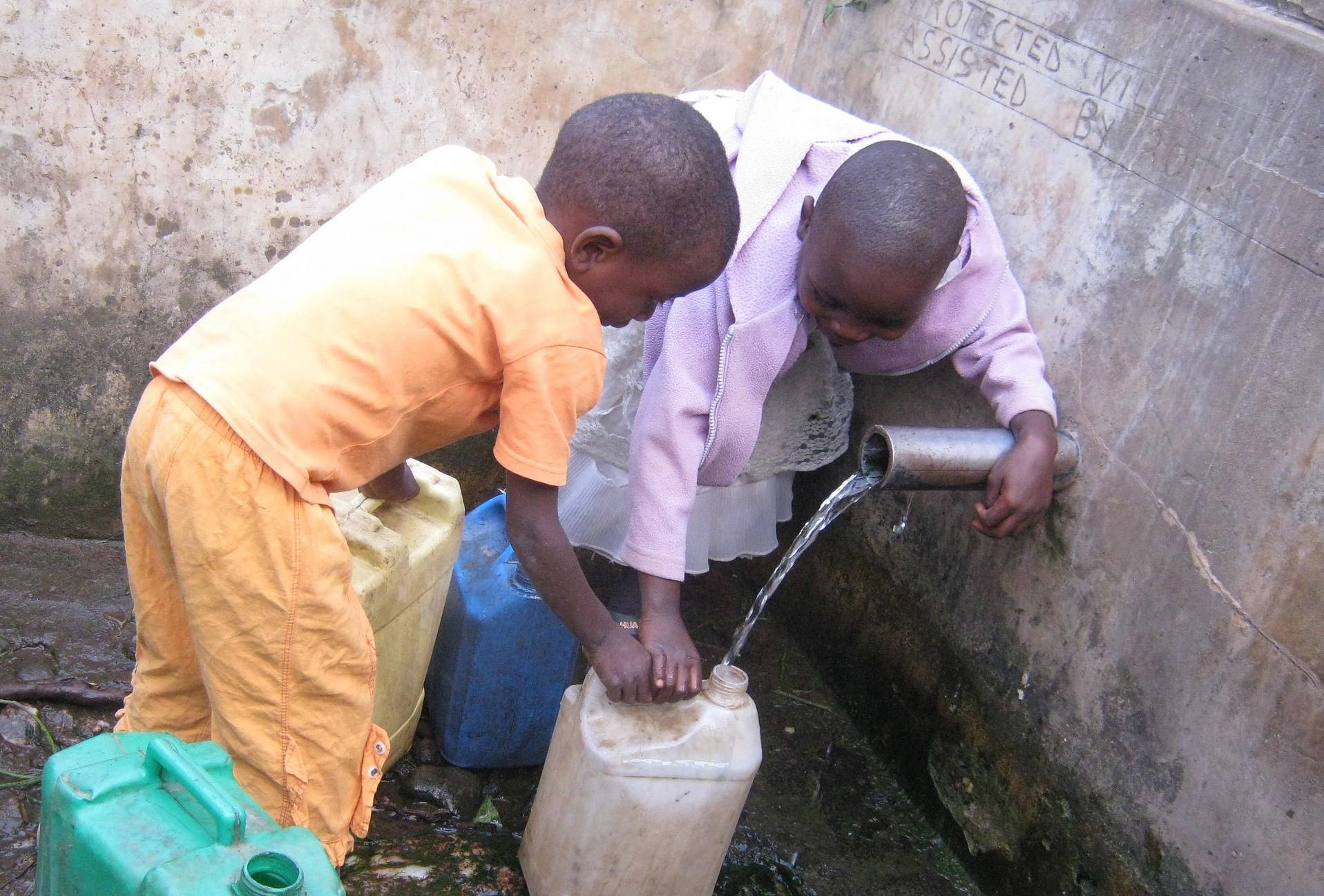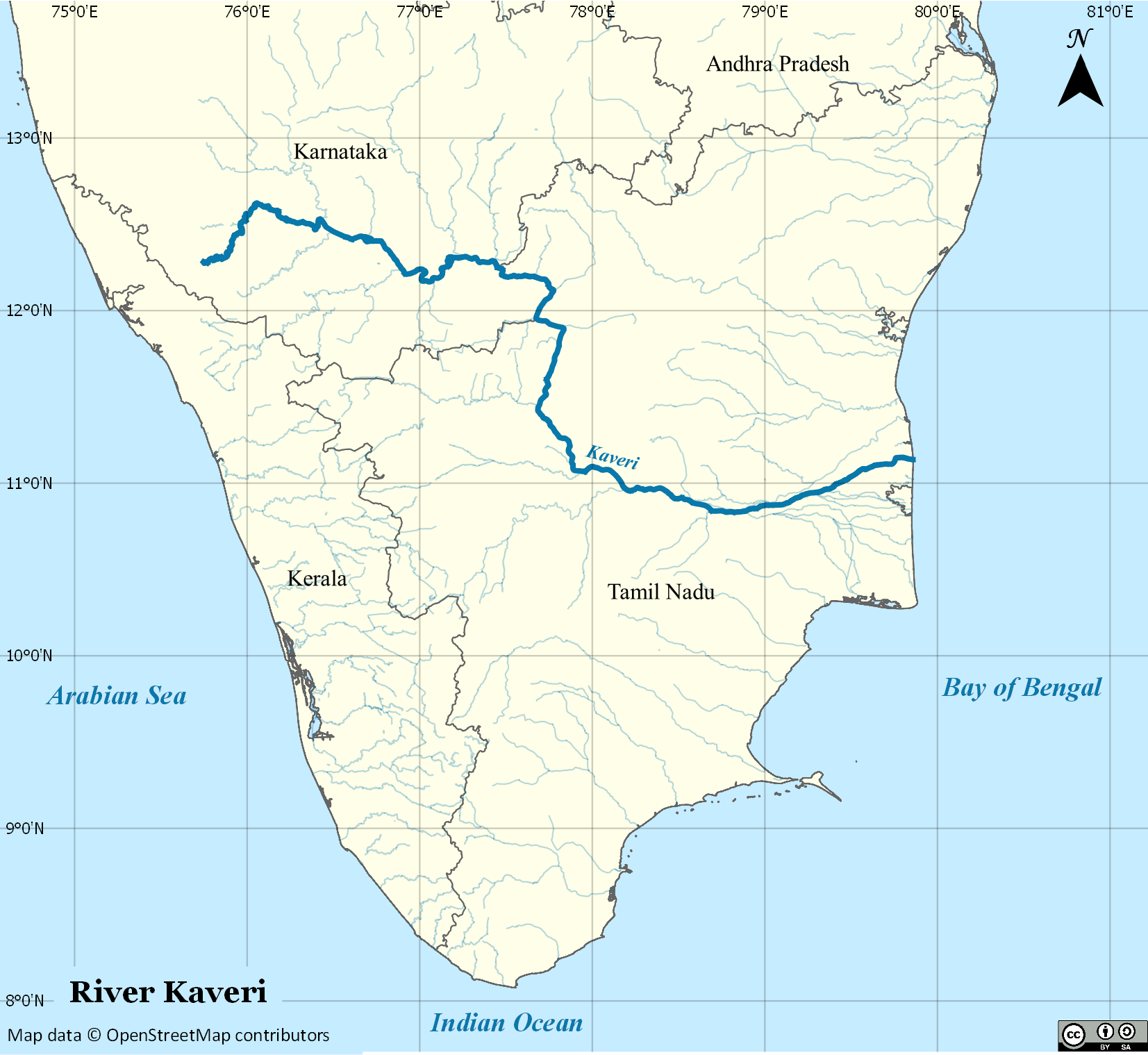
Honduras has one of the highest incidences of poverty and inequality in the western hemisphere. It is the third poorest country in Latin America with a population of roughly 8.3 million inhabitants of which more than 60 percent lives below the national poverty line (2012). Urban population continues growing rapidly, making Honduras a predominantly urban country since 2008, even though it is estimated that up to 48 percent of the population still lives in rural areas (the average rural population in Latin America is 21 percent); urbanization is expected to continue.
While water resources are abundant and available in nature, the existing infrastructures allow using only 5 percent of this water, and the provision of safe and sustainable drinking water and sanitation to all the inhabitants remains a challenge. In 2011, 89 percent of the population had access to an improved source of water and 81 percent of the population had access to an improved source of sanitation compared with 81 percent and 65 percent respectively in 2000. As such, Honduras has achieved the Millennium Development Goal (MDG) for water and sanitation. However, the fact that more than 1 million people do not get their drinking water from improved sources and 2.2 million do not use improved sanitation facilities, most of them in rural areas, is stark. Honduras still lags behind most other Latin American countries (in 2010, average coverage was 94 percent for water and 80 percent for sanitation); and these apparent successes mask significant inequalities between urban and rural areas.
In Honduras, service provision in rural areas has traditionally been the responsibility of community-level water boards; while in urban areas the responsibility moved from private or municipal utilities at the turn of the 20th century to a centralized provider. Following regional trends in the early 60s, SANAA, the national water utility, became the service provider in most large and many small cities. The adoption of the Municipality Law in 1990 again made water and sanitation services a municipal responsibility, marking a trend reversal. However, little decentralization was observed until 2003, when the Government passed a landmark Drinking Water and Sanitation Sector Framework Law which made service provision an attribution of municipalities (decentralization), mandating that such service be provided by an autonomous entity on behalf of the municipalities (de-concentration) and reformed sector institutions at a national level to help them adapt to the new sector structure. The law did not significantly impact service provision in rural areas, and to date, services are provided by community-level water boards that are recognized as autonomous service providers in their respective communities. However, a decade after the adoption of this landmark legislation, its implementation still faces significant challenges, including the lack of strong national-level institutions and an incomplete implementation of decentralization and service provision de-concentration.
The objective of this Public Expenditure Review (PER) is to shed light on the current structure of water supply and sanitation sector financing and public expenditure both at the national and sub-national levels of Government, as well as examine how decentralization has affected the sector’s financing and service provision under varying governance and political economical conditions. In PERs, traditionally the document includes a review of the entire sector’s investment flows; however, this PER also includes sections more particularly focused on the impact of decentralization, with limits to the urban water sector. This is so because decentralization has had only limited effects on service provision in rural areas and data is almost nonexistent.
Full report is available here.
The World Bank (2013). Honduras Decentralization of Water and Sanitation Services, A Public Expenditure Review. Washington, DC: The World Bank.





